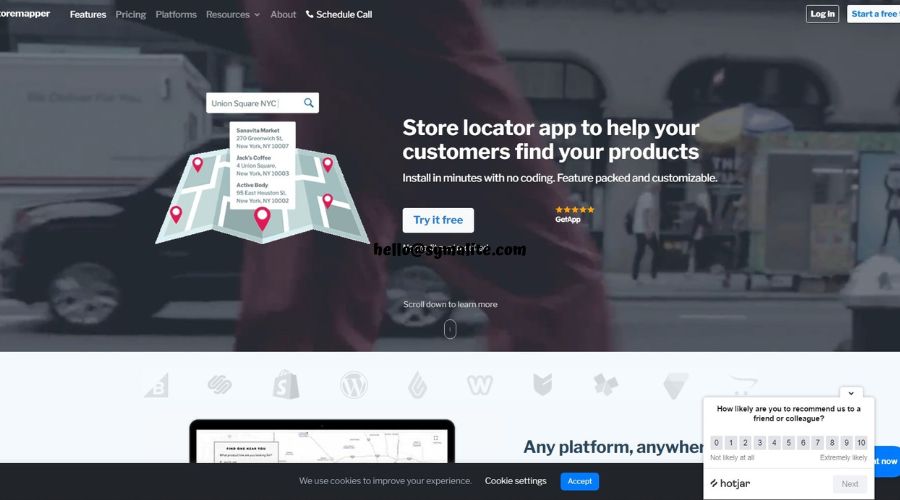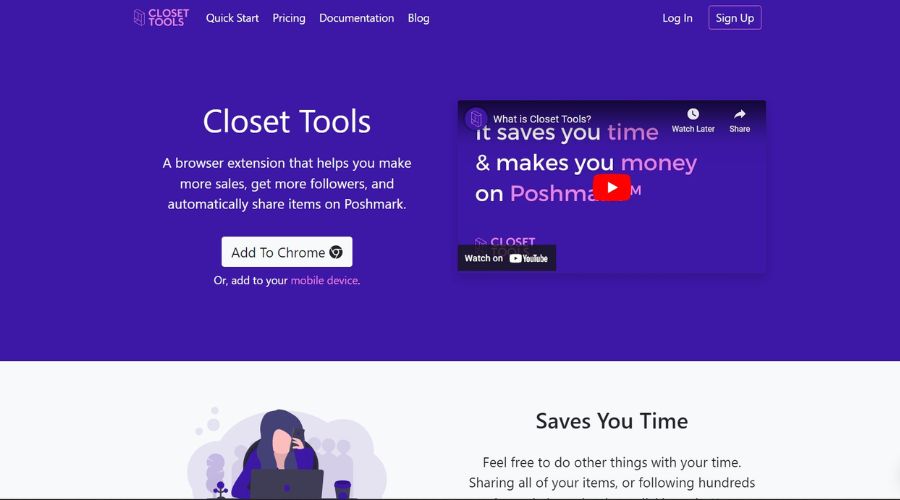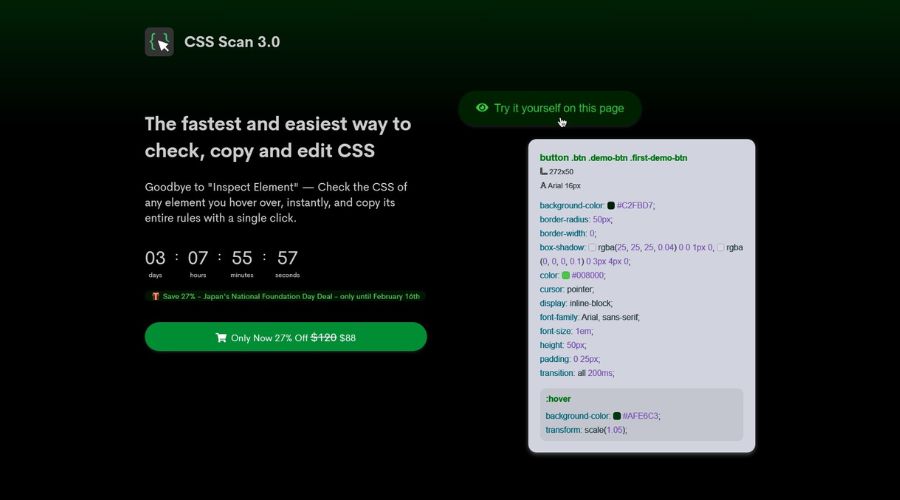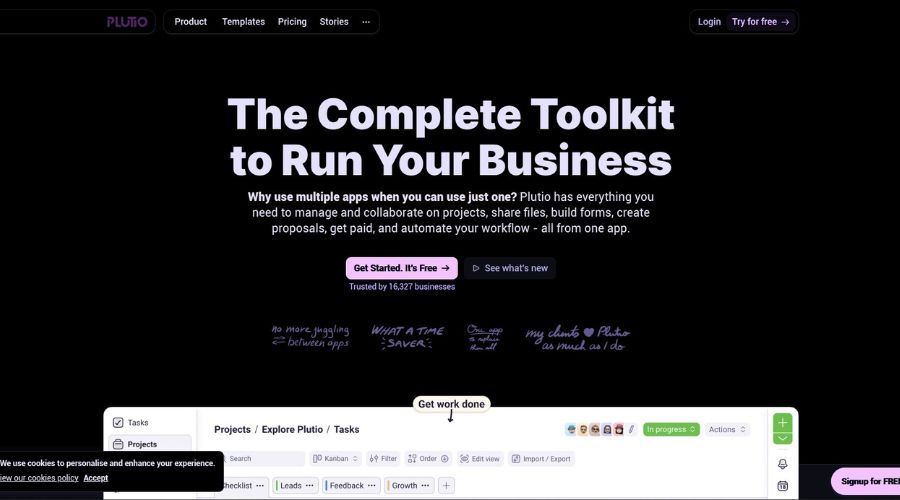Starting a business is not easy. Which is why hearing micro-software as a service (micro-SaaS) success stories can be awe-inspiring.
Thanks to the increasing number of users adopting micro-SaaS businesses, there are now more funded and bootstrapped founders in the SaaS industry than in the past few years.
Curious to know what are some of the successful micro-SaaS ideas today?
Continue reading this blog post to find out more.
7 Micro-SaaS Success Stories That Will Inspire You
1. Storemapper

You can’t create a list of successful micro-SaaS businesses without including Storemapper.
A simple yet powerful application, Storemapper helps business owners create and embed a map of all their store locations on their websites.
This way, paying customers can easily find the closest store to buy their products and services.
It began as an idea in 2012 when Tyler Tringas worked as a freelancer helping Shopify business owners.
Many of his clients back then needed an excellent plug-and-play tool that would let them map out all their store locations.
However, no good micro-SaaS product was available for the niche market.
This encouraged him to build and launch the first version of Storemapper while on a flight from San Francisco to Buenos Aires.
Tringas would be the first to admit that his side project lacked many critical features at that time.
But because customer feedback recognized a need they would willingly pay for, it continued to grow to a meaningful annual recurring revenue.
Not bad for what started as a passive-income project with no external funding.
2. Nomad List

The Nomad List is an online database that provides information on various locations useful to remote workers and digital nomads.
You can use it to search for towns and cities with the most affordable hotels, the fastest internet connection, or even the most LGBTQIA-friendly communities around the world.
Pieter Levels founded the micro-SaaS idea in 2014 by posting a public spreadsheet on Twitter.
The post eventually went viral, and he used the information he gathered to create his first minimum viable product (MVP) for Nomad List.
Today, he has amassed a corporate empire surrounding the subject of travel and remote work.
But the road to the success level he now enjoys wasn’t easy.
Initially, he lacked resources and worked alone without any co-founder or even a very small team behind the scenes.
He also didn’t use other tools.
Because of this, he decided to make his micro-SaaS product a simple tool without initially using a single line of code.
He did this by focusing on speed and simplicity while building his micro-SaaS business in public.
This way, he could test his idea and continuously build on his product roadmap.
This business model allowed Nomad List to become the highly profitable micro-SaaS business it is today.
3. Carrd

Another micro-SaaS business that you can learn from is Carrd.
A platform for building simple and fully responsive one-page websites, Carrd began as a side project by solo founder AJ.
It started in 2015 when AJ got bored working as a six-figure web designer and creator.
At that time, he got intrigued by the idea of building software that would help others create their own websites without a single line of code.
He knew, however, that there was no way for him to compete with big firms like Squarespace.
This made him concentrate his sights on simple landing page builder software.
Today, Carrd enjoys a profitable monthly recurring revenue even with no marketing.
4. Closet Tools

It all began when Jordan O’Connor’s wife sold clothes on a social marketplace called Poshmark.
Wanting to test his web development skills, O’Connor created a 30-line browser bookmarklet script to help his wife automate some of the tasks she does on the platform.
In just a few months, he started getting traffic after asking for feedback from some Reddit users and writing about it in his blog post.
With his SEO knowledge and background, he realized that there was a validated demand for Poshmark automation.
This encouraged him to create a minimum viable product and called it Closet Tools.
In just a month, he was able to incorporate Stripe payments and had 10 paying customers from day 1.
Clearly, what made Closet Tools a profitable subscription-based micro-SaaS business model was its narrow focus on Poshmark sellers.
This was vital since its core selling point was to solve problems for online businesses on Poshmark.
And the fact that Poshmark incentivizes engagement means that sellers have to share their products frequently with their audience on the platform.
This can be a tedious process for small business owners.
Therefore, it’s no wonder that Closet Tools can be a godsend in this regard, especially for small businesses.
5. CSS Scan

Whoever said Chrome browser extensions cannot be a profitable micro-SaaS business model clearly hasn’t yet heard of CSS Scan.
A powerful micro-software as a service, the browser add-on helps developers identify and fix website bugs before potential customers do.
This functionality may make it look like a simple tool.
But can you believe that its founder, Guilherme Rizzo, made more than $70,000 in sales in just 18 months?
In fact, its monthly recurring revenue averaged at least $4,000 in the past few years, with August 2020 screenshots showing $100,000 in sales.
The funny thing is that this software attributes its success to Rizzo’s simple desire to know certain website elements’ CSS properties.
Rizzo thought of collecting feedback from Brazilian web developer Facebook groups to check whether there’s a valid demand from potential clients.
Inspired by their positive response, he eventually created CSS Scan’s MVP in just a month, as you’ll see below:
Customer feedback towards the product made it a customer success during its Product Hunt launch.
It became even more profitable after implementing a fixed-pricing business model rather than a pay-what-you-want pricing strategy.
As of 2021, its customer base consists of over 7,000 users from 116 countries worldwide.
If that doesn’t sound like a success story to you, then I don’t know what is.
6. HelpKit

You might not believe it, but you can definitely create an entire micro-SaaS business from something you love—even without external funding.
In the case of HelpKit, the whole process started with its founder’s love for Notion.
In fact, Dominik Sobe, a self-taught software engineer, loved the workspace so much, he uses it to structure his personal and business life.
Before building HelpKit, however, he learned the hard way that businesses need a knowledge base.
He especially needed a help center for his previous business projects.
At the time, though, no existing SaaS products resonated with what he needed.
This made him think of creating an app that turns Notion pages into a beautiful yet professional help center website.
Now, it might look like Sobe was a genius for coming up with the idea right off the bat.
But like any other micro-SaaS business owner, he made all the classic mistakes when he fell into the rabbit hole of bootstrapping and indie hacking.
This time around, he set off to validate his idea before building anything to ensure a higher chance of success for his new project.
Eventually, he received phenomenal feedback, advice, and support that he decided to build an MVP without a single line of code.
As of October 2022, HelpKit has generated $5,000 in predictable recurring revenue every month from over 90 paying customers.
Today, Sobe runs the subscription-based micro-SaaS business model without a co-founder or a small team backing him up.
7. Plutio

“Why use multiple apps when you can use just one?”—so goes the sales copy on Plutio‘s landing page.
And indeed, why do that when there’s Plutio to replace them all?
An all-in-one app, Plutio helps small business owners manage every aspect of their business.
From marketing automation to project collaboration and productivity management, Plutio has taken the micro-SaaS world by storm by providing the complete toolkit for small businesses to run efficiently.
No more juggling between various software just to find SaaS products for excellent customer relationship management.
Instead, you can now save time and even keep track of everything your business needs inside one platform.
The idea for this subscription-based micro-SaaS company started from its founder’s frustration growing a design business using different SaaS products.
At the time, Leo Bassam earned a living as a freelance website designer with a vision of helping homeless animals.
Before he knew it, he’d gone from accepting projects to running his own design business.
In exchange, however, he found himself on the other end of overwhelming admin work.
He couldn’t find any productivity and management app that did what his small team needed.
So, with a new mission, he created an app that will support the niche market of freelance business owners.
He faced a lot of challenges building the micro-software-as-a-service, but his efforts eventually paid off.
By 2018, Bassam and his team introduced add-ons and other changes that pushed them to $6,000 in predictable recurring revenue.
Common Themes to Be Learned from These Micro-SaaS Success Stories
1. Focus on solving niche problems…and be the best at it.
What makes micro-SaaS businesses a, well, micro-SaaS business is that they concentrate their time, attention, and energy on solving problems for their specific market.
One niche market, one problem, one solution.
This narrow focus seems to be the must-have when solving problems customers would willingly pay for.
2. Make sure there’s a valid demand for your micro-SaaS product.
A standard lesson from all these success stories is the importance of validating demand.
Before spending resources on building a micro-SaaS product from the ground up, you need to confirm that a significant number of people find your micro-SaaS ideas worth their money.
Otherwise, you’ll only end up burning yourself out for a product that no paying customers want.
3. Maximizing customer feedback and having a customer relationship management system in place are key factors to success.
As Michael LeBoeuf once said, satisfied customers are the best marketing strategy of all.
After all, when you have a great relationship with paying customers and potential customers, they willingly spread the word about you to other people they know.
This increases the chances of your micro-SaaS business becoming more well-known, thus increasing your customer base.
4. All it takes is a good micro-SaaS idea.
If you’ve rightfully done the first three tips above, you should have no problem with this advice.
As you’ve seen from the micro-SaaS businesses we’ve featured, a good idea is all it takes to bring your lifestyle to the next level.
Nowadays, it’s not even a requirement to have a big team working with you to bring your vision to life.
Thanks to marketing automation and other software, you can now run an entire business model all on your own.
Speaking of which…
5. Hiring people for your micro-SaaS company can be costly.
This is especially true if you pick people who don’t align with you.
I’m not saying that you should not rely on a co-founder or other people.
On the contrary, if you believe a team will help you become successful much faster, then feel free to do so.
Just see to it that you’re working with people who speak your language and understand what you stand for.
This is not just in terms of the niche problems you want to solve.
Rather, you need to consider how well your mission and vision resonate with them.
This way, employee engagement won’t be a challenge in the long run.
Final Thoughts on Micro-SaaS Success Stories
These micro-SaaS marketing success stories are only a fraction of the companies that have seen major growth in recent years.
So if you’re thinking of starting your own micro-SaaS company, don’t get discouraged by your limited budget.
You can still be successful if you focus on creating a great product and developing a solid marketing strategy.
Keep these stories in mind as your motivation to keep pushing forward with your business goals.
You can also watch this video for more ideas about micro-SaaS businesses that took themselves to the next stage.

